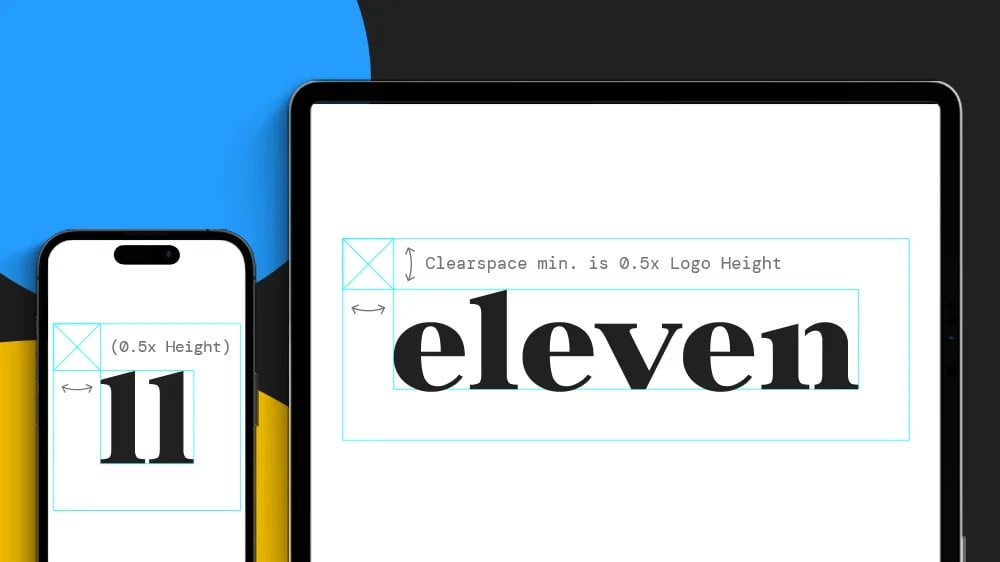Looking at the metrics that matter
A regular mistake that organisations make is to focus purely on vanity metrics when it comes to campaign monitoring. Vanity metrics include things like “likes” or “follows”. Sure, they look great on paper, but what do they really tell you?
The key to successfully measuring and reporting on your campaign data is to determine what counts as a conversion at the very start, and making sure that everyone else within the team is agreed on it. This agreed conversion point will help you to focus on the metrics that matter and ultimately lead to more conversions. You’ll want to select metrics that are relevant to your objectives - so for awareness, reach is important, but for lead generation, conversions should be your focus.
For example, if your conversion point is someone completing an application to become a foster carer, then the metrics you may wish to focus on could include the click-through-rate to your landing page and the number of people who completed a call-to-action.
Introducing a lead funnel is particularly useful at this stage for understanding the different conversion points for each stage of the user journey, so you can optimise your campaign effectively. A lead funnel is also a good visual way of sharing the data and drawing insights.
Presenting the data in the right way
Presenting swathes of numerical data to a team of people that may not be all too familiar with digital marketing can be a bit jarring and will likely cause them to switch off. So, it’s important to make the information you’re presenting them with as visually digestible as possible.
Ensuring that you’re only reporting on the metrics that matter is the first step to this, and you’ll also need to make sure that you’re sharing the data in an order that makes logical sense to the audience. And in terms of visually showcasing the results, digital dashboards can be a great way of communicating metrics to a team of people. There are several programmes and software to choose from for creating digital dashboards, including Salesforce and HubSpot.
Draw insights from the data
It’s not enough to simply report on the data every month in order to tick reporting off your mental checklist. You need to make sure that you’re really analysing and interpreting the data in order to suggest actional improvements.
For example, when working with Wiltshire Council on a foster carer recruitment campaign, we showed our client what was working and made active suggestions for what could be done to continue to improve the effectiveness of their campaign. This meant that they could make informed decisions about how and where to invest their marketing budget going forward to get the best return on investment.
Continuous and regular measurement
Whilst it might be tempting to just leave monitoring data until the end of the month or perhaps even the very end of the project, this presents a significant missed opportunity to make small and regular optimisations to your campaign as you go along.
The beauty of digital data is that it updates in real-time, which means that you always get a live and accurate picture of how well your campaign is performing.
Understanding the journey of your leads from the start right the way through to the application process using the available data is essential, as it will ultimately help you to determine how much it costs to recruit a foster carer. It will also reveal what works best for your audience. This information will help you to identify whether your existing marketing efforts are cost-effective or whether some adjustments need to be made.
If you’re preparing to launch a foster carer recruitment strategy and would like to discuss working with us to maximise your results, get in touch with a member of our team today and we’ll be more than happy to help.
Originally published:
May 4, 2021
Updated:
August 9, 2023





